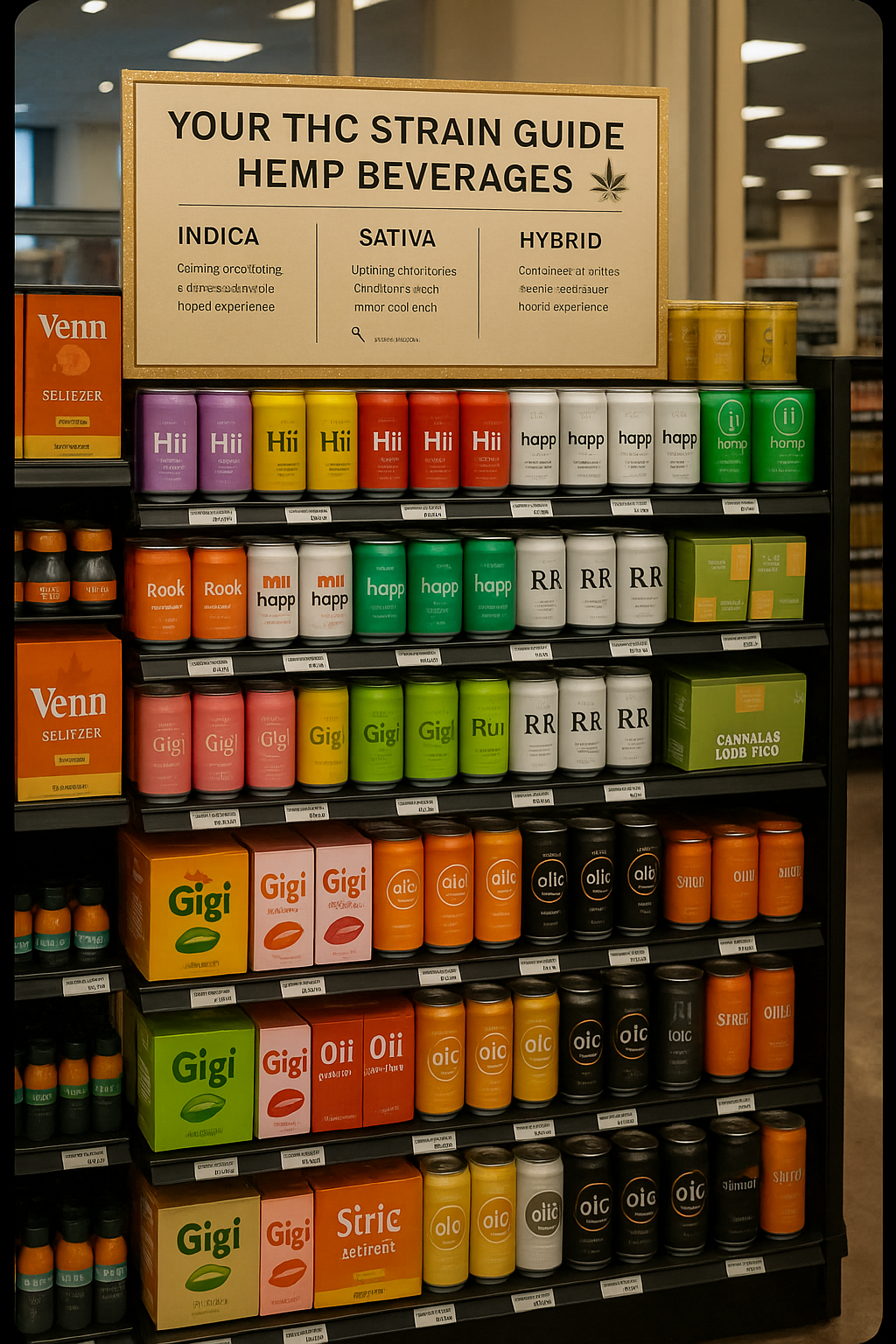The federal government’s new hemp definition is the most significant regulatory shift since the 2018 Farm Bill, with real implications for manufacturers, processors, ingredient suppliers, hemp beverage brands, cannabis-adjacent businesses, distributors and retailers. Hemp beverages in particular have gained strong traction in national distribution, and many current formulations fall directly under the new thresholds.
Here’s a look at how the new federal definition could reshape the landscape and the key considerations for operators moving forward.
What changed in the federal hemp definition
The update narrows the legal boundary for hemp in ways that affect both hemp and cannabis operators throughout the supply chain.
Total THC now sets the limit.
Hemp is no longer defined by delta 9 THC alone. THCA and other THC-class cannabinoids now count toward the threshold, aligning hemp oversight more tightly with cannabis oversight.
Products are capped at 0.4 mg of total THC per container.
This applies to beverages, gummies, vapes, tinctures, topicals and any other product intended for human or animal use. Most current ingestible hemp products exceed this level.
Converted cannabinoids are restricted.
Compounds such as delta 8, delta 10 and HHC that are created through conversion processes fall outside the updated definition. This significantly narrows the “hemp THC” segment that has operated alongside state-legal cannabis.
Bulk ingredients are included.
Distillates, isolates, emulsions and other intermediate materials must meet the same standards, affecting white-label labs and manufacturers that depend on high-potency inputs.
Products above the limit are treated as cannabis.
Under federal law, anything outside the thresholds is considered non-hemp cannabis, triggering controlled-substance treatment.
When the new hemp rules take effect
The updated definition is already part of federal law. The product-level limits are expected to be enforced in late 2026.
During this transition period, many financial institutions, cannabis-friendly banks, payment processors and distributors are already tightening risk controls based on expected regulatory outcomes.
What to expect over the next year
Federal agencies will clarify issues that matter for hemp and cannabis operators alike:
• Which cannabinoids qualify as THC-class
• How to apply the 0.4 mg per-container limit
• How packaging and multi-pack formats are treated
• How intermediate materials are evaluated
Congress may revisit aspects of the amendment. Legal challenges are likely. States will continue to diverge in their treatment of hemp products that overlap with the cannabis market.
How the changes affect the hemp and CBD supply chain
Manufacturers and processors may need to reformulate products, adjust sourcing and rethink interstate logistics.
Hemp beverage brands face significant impact due to higher THC totals and reliance on converted cannabinoids.
Ingredient suppliers will need to reassess distillates, isolates and emulsions that contain elevated THCA or converted cannabinoids.
White-label producers must evaluate current and future SKUs and counsel clients accordingly.
Distributors and wholesalers face new inventory risk and compliance verification needs.
Retailers will need to revise assortments, vendor relationships and category strategies.
Cannabis banking and hemp banking providers are already adjusting underwriting criteria as they evaluate compliance exposure.
What operators can do now
These steps help both hemp and cannabis operators build more resilient financial and operational infrastructure.
Evaluate your product exposure.
Review total THC per container and identify converted cannabinoids. Determine which SKUs can be reformulated and which face structural risk.
Build redundancy in banking with a hemp- and cannabis-ready financial partner.
Relying on a single bank is risky in an environment where hemp, CBD and cannabis policies overlap. Even long-standing accounts can be closed with little notice. Safe Harbor can serve as a primary or secondary hemp banking or cannabis banking partner, ensuring continuity if a general institution changes its policy.
Strengthen payments and create backup rails.
Many hemp businesses are losing access to mainstream processors. Operators should have more than one payment path. Safe Harbor can help implement cannabis-ready payment solutions and backup processing channels, keeping revenue flowing if a primary processor freezes or exits.
Model multiple scenarios.
Run operational and financial scenarios for full enforcement, partial modification or delay. Each affects cash flow, SKU strategy and capital needs.
Tighten compliance and reporting.
Strong COAs, accurate ingredient documentation, inventory controls and clean financials support banking stability, payment approval, distributor partnerships and future cannabis opportunities.
The bigger picture
The overlap between hemp and cannabis has grown steadily since the 2018 Farm Bill. The new federal definition marks a shift toward clearer boundaries and more consistent enforcement. Operators who strengthen their financial systems, compliance infrastructure and product strategy now will be in the strongest position to navigate the change.
Safe Harbor supports hemp and cannabis operators across the supply chain with banking solutions, payment systems and financial guidance built for regulated industries. Our goal is to help businesses stay banked, stay operational and stay financially healthy as the landscape evolves.
If you want help preparing for the new rules or assessing financial exposure, we are here to support your next steps.

